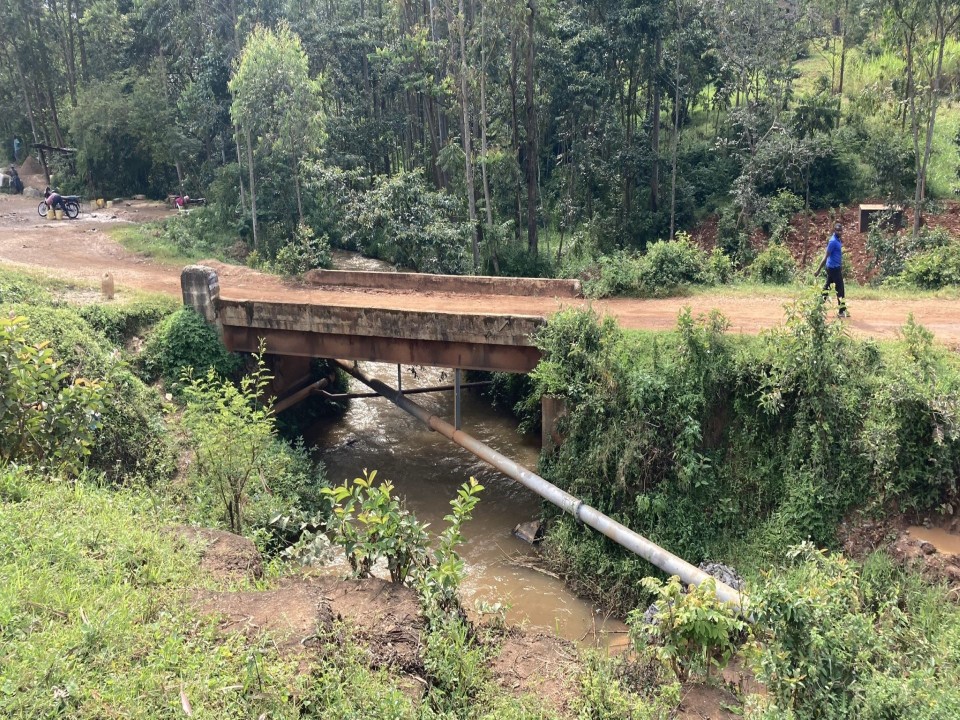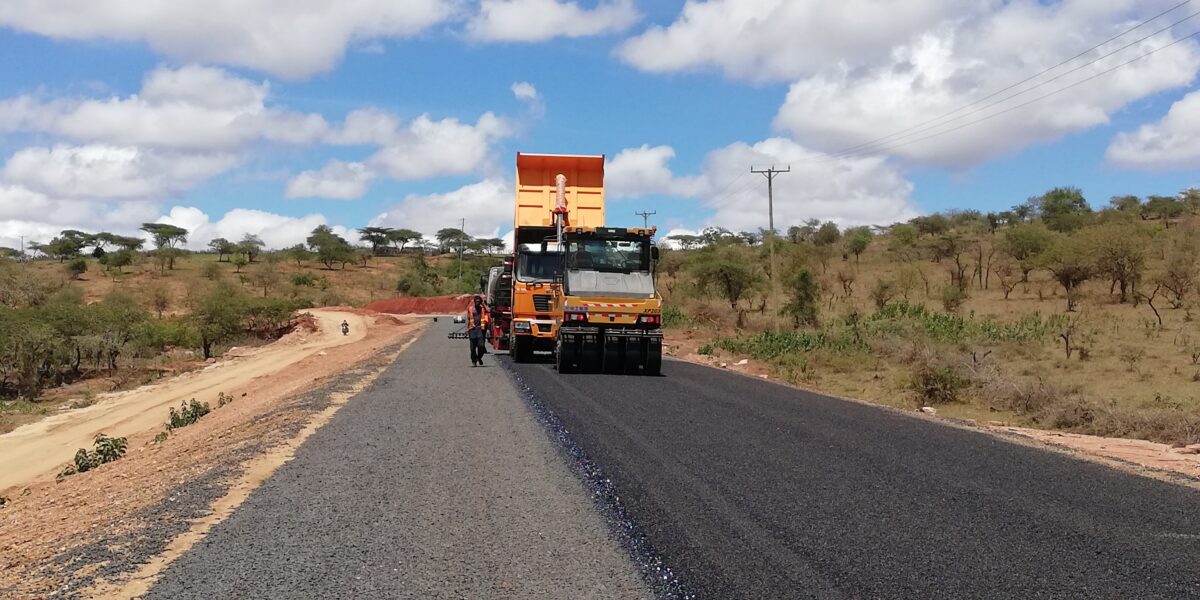Financial and Economic Evaluation in Road Infrastructure Projects
Introduction
Imagine a small town in Kenya called Kijiji, which used to be quite isolated due to poor road conditions. Farmers struggled to get their produce to larger markets, and children often had difficulty getting to school during the rainy season. The local economy was stagnating, and the community faced numerous challenges.

To remedy scenarios like these, the Kenyan government through its Road Authority decides to invest in improving the road network connecting Kijiji to the nearest major town. Before starting the construction project, they engage a consultant to conduct thorough financial and economic evaluations. These evaluations involve assessing the potential costs and benefits, considering factors like construction expenses, expected travel time savings, increased trade opportunities, and overall economic and social impact on the region.
After the evaluations confirm the project’s feasibility and potential benefits, construction can begin. The new road is completed within a year or more, significantly reducing travel time between Kijiji and the city. Farmers can now transport their produce more efficiently, leading to fresher goods and better prices at markets and beyond. Children can attend school regularly, and local businesses start to thrive due to increased accessibility.

As a result, Kijiji transforms into a bustling community with a growing local economy. Such success stories can demonstrate how careful financial and economic evaluation can lead to impactful infrastructure projects, driving development and improving lives in historically inaccessible regions. As Kenya and many other countries continue to invest in their road networks to unlock economic and social gains, financial and economic evaluations become crucial.
Why Do We Need Financial and Economic Evaluations?
Financial and economic evaluations are vital in road infrastructure projects for several reasons:
- Optimizing Resource Allocation: Governments often face budget constraints. Evaluations help prioritize projects that offer the highest returns on investment, ensuring optimal use of limited resources.
- Ensuring Economic Viability: These evaluations determine whether a project is economically justified, considering both the costs involved and the anticipated benefits over time.
- Informing Policy and Budget Decisions: By providing a clear picture of a project’s economic impact, these evaluations assist in the national budgeting process, aligning road investments with broader economic goals.
Aligning National Budgets with Road Investment Appraisals
The national budgeting process is a critical component of public sector financial management, determining how resources are allocated across various sectors. In the context of road investments, economic appraisals ensure that proposed projects align with national priorities and deliver value for money. This alignment is essential for:
- Rationalizing Expenditure: Economic evaluations justify the allocation of funds to road projects by demonstrating their potential to stimulate economic growth, reduce transport costs, and enhance connectivity.
- Maximizing Economic Benefits: By focusing on projects with the highest economic returns, governments can ensure that investments contribute significantly to national development objectives.
Concepts in Economic Appraisal
Economic appraisal involves a comprehensive analysis of a project’s costs and benefits to determine its economic feasibility.
Key concepts include:
- Cost-Benefit Analysis (CBA): A systematic approach to comparing the costs and benefits of a project. Benefits must outweigh costs for a project to be deemed viable.
- Net Present Value (NPV): The difference between the present value of benefits and costs. A positive NPV indicates a profitable investment.
- Internal Rate of Return (IRR): The discount rate at which the NPV of a project is zero. Projects with an IRR higher than the cost of capital are considered worthwhile. The discount rate is the rate at which future cash flows are adjusted to their present value, typically reflecting inflation, risk, etc.
Economic Indicators in the Appraisal Process
Tangible benefits present as these metrics used to assess the impact and feasibility of road projects. They include:
- Travel Time Savings: Reduction in travel time for users, leading to increased productivity.
- Vehicle Operating Cost Savings: Lower maintenance and fuel costs due to improved road conditions.
- Accident Reduction: Decrease in road accidents, enhancing safety and reducing economic losses from injuries and fatalities.
Economic Decision Criteria
These criteria help decision-makers determine whether an investment in infrastructure will generate sufficient returns to justify its costs and whether it aligns with broader economic goals and priorities. These include:
- Benefit-Cost Ratio (BCR): The ratio of total benefits to total costs. A BCR greater than 1 indicates a beneficial project.
- Economic Rate of Return (ERR): Similar to IRR, it measures the project’s profitability from an economic perspective.
Transport Costs & Benefits:
Transport costs and benefits are crucial in road appraisals. These include:
- Direct Costs: Construction, maintenance, and operation costs.
- Indirect Benefits: Intangible benefits may include improved accessibility, economic development, increased land and property values, and environmental benefits.
Investment Appraisal Tools for Roads:
Several tools are used for investment appraisals in road projects, including:
- Cost-Effectiveness Analysis (CEA): Compares the relative value (in terms of cost per unit of benefit) of achieving different strategies or interventions aimed at achieving a specific outcome, such as reducing traffic congestion or improving road safety.
- Multi-Criteria Analysis (MCA): Takes a broader perspective by considering various criteria or factors beyond just costs and benefits, including stakeholder preferences, social and environmental impacts, among others, in decision-making.
Overview of the HDM-4 Model
The Highway Development and Management Model (HDM-4) is a comprehensive software tool used globally for road investment analysis and management. It is specifically designed to assess the economic, technical, and financial aspects of road network investments over their entire life cycle. HDM-4 can evaluate various factors such as road condition, traffic volume, maintenance requirements, and the economic benefits of road projects. It helps decision-makers prioritize investments, optimize maintenance strategies, and estimate the long-term costs and benefits associated with different road infrastructure interventions.
It supports evidence-based decision-making and efficient management by analysing and producing the following:
- Lifecycle Costs and Benefits: Conducts a comprehensive analysis of all expenses and advantages associated with a road throughout its lifespan, encompassing construction, maintenance, and user-related costs.
- Performance Prediction: Utilizing current road conditions and projected traffic growth, it forecasts the future performance of roads, aiding in proactive planning and resource allocation.
Economic Analysis: Evaluates the economic viability of road projects by employing key financial metrics such as Net Present Value (NPV), Internal Rate of Return (IRR), and Benefit-Cost Ratio (BCR), providing crucial insights for decision-making and resource allocation
Case Study:
ITEC Engineering Ltd is part of a team engaged on a project by the East African Community (EAC) to conduct Feasibility and Financing Options Studies of the Multinational Kenya/Uganda: Kisumu – Kisian – Busia / Kakira – Malaba & Busitema – Busia Expressway. The purpose of economic evaluation in this context is to guide the Authorities in deciding on whether the project is sound on technical, economic, social and environmental perspectives and its overall viability.
The key scope encompasses a wide range of activities crucial for the project’s success. These include conducting a comprehensive financial and economic analysis, performing traffic studies and analysis, reviewing designs, and developing preliminary geometric designs. Additionally, assessments of pavement capacity and geometry are conducted, along with economic feasibility studies and bankability analysis. An analysis of funding options is also undertaken, alongside environmental and social impact assessments, including screening and the development of Terms of Reference (TORs). Furthermore, detailed engineering design TORs are established, and a project risk analysis is conducted to ensure a thorough and cohesive approach to project planning and implementation.
In summary, the project aims to:
- Propose road improvements, and where necessary, upgrades of selected segments of certain existing project roads to higher operational standards, e.g. single carriageway to dual carriageways and dual carriageways to expressways, as necessary;
- Estimate the long-term costs and benefits associated with the interventions proposed in the preliminary design; and,
- Guide the Client on prioritizing investment on the various road sections along the project corridor.
Conclusion:
Financial and economic evaluations are the backbone of successful road infrastructure projects and shaping transportation development. By meticulously analysing costs and benefits, these evaluations guide informed decision-making and resource allocation, ensuring that investments not only enhance connectivity but also drive economic growth. As Kenya continues to expand its road network, leveraging tools like HDM-4 for holistic evaluations will be crucial in realizing sustainable and economically viable infrastructure development that align with national and regional priorities
